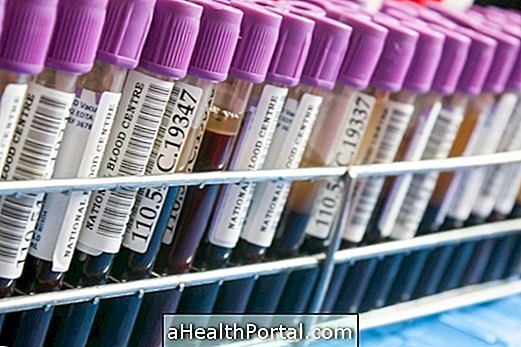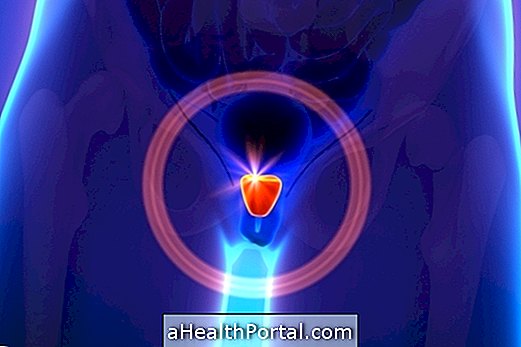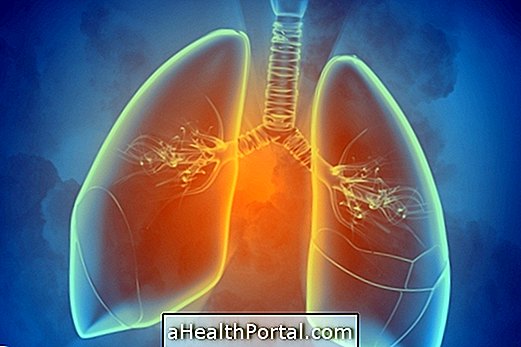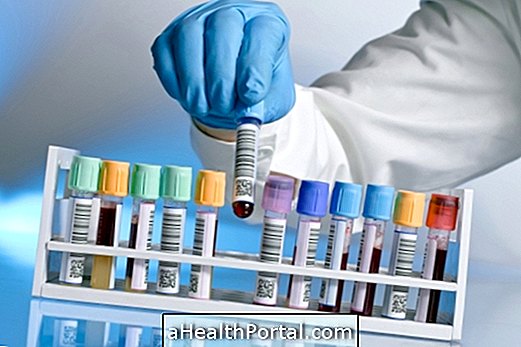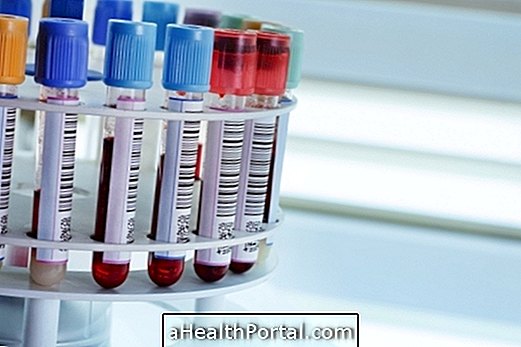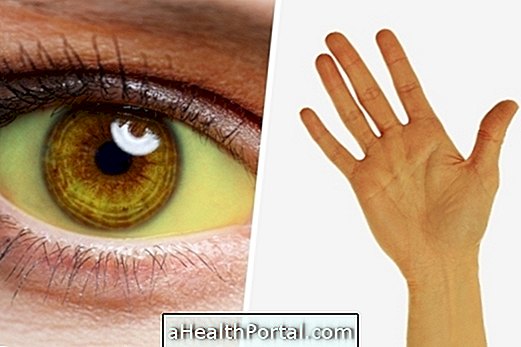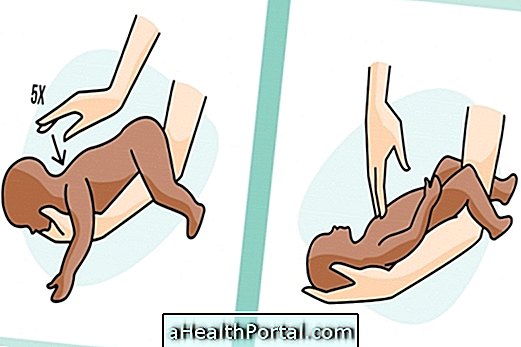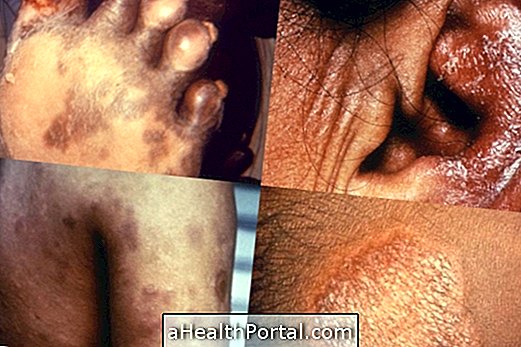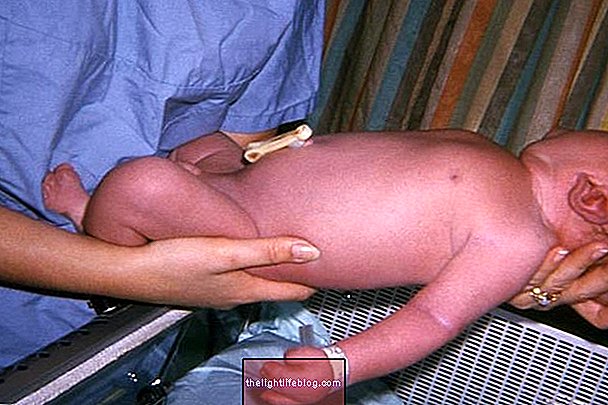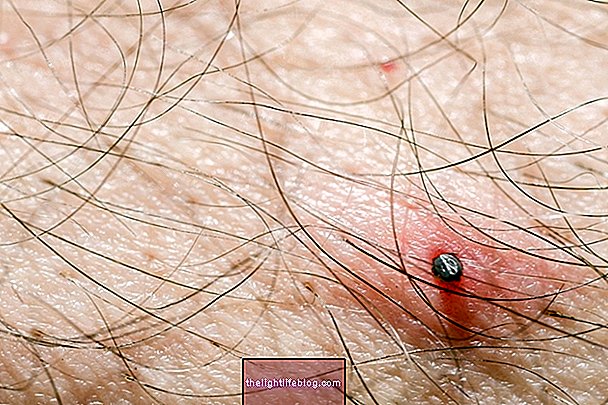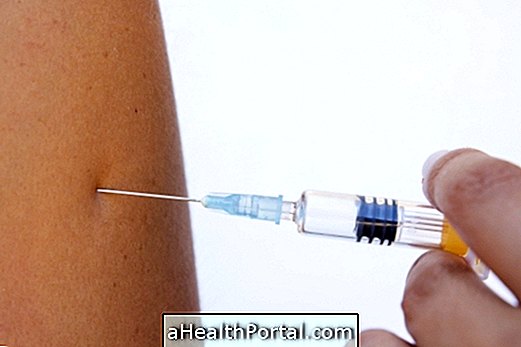Mammography results always indicate which BI-RADS category a woman is in, where 1 means that the result is normal and 5 and 6 are likely to be indicative of breast cancer.
Although observation of the results of a mammogram can be done by anyone, not all parameters can be understood by people who are not health professionals and so after picking up the result it is important to take it to the doctor who requested it.
Sometimes it is only the mastologist who can interpret all possible changes that may be present in the result and so if your gynecologist requested the examination and if there is any suspicious change it may indicate that you go to the mastologist, but in case of BI-RADS 5 or 6 may indicate that you go directly to the Cancer Treatment Center closest to your home to be followed up by an oncologist.

What each Bi-RADS result means
The results of mammography are internationally standardized using the BI-RADS classification system, where each result presents:
| What does it mean | What to do | |
| BI-RADS 0 | Inconclusive | Do more exams |
| BI-RADS 1 | Normal | Annual mammography |
| BI-RADS 2 | Benign alteration - calcification, fibroadenoma | Annual mammography |
| BI-RADS 3 | Probably benign change. The incidence of malignant tumor is only 2% | Mammography in 6 months |
| BI-RADS 4 | Suspected, malignant probable change. It is further classified from A to C. | Do biopsy |
| BI-RADS 5 | Very suspect change, probably being malignant. You have 95% chance of being Breast Cancer | Perform biopsy and surgery |
| BI-RADS 6 | Proven malignant lesion | Carry out treatment for breast cancer |
The BI-RADS standard was created in the United States and is now the standard system for mammography results in order to facilitate understanding of the examination in all countries.
Breast cancer is the second most common among women in Brazil, but when discovered at an early stage has a good chance of cure and that is why it is recommended to perform mammography in order to identify when there is a change, its characteristics, format and composition. That is why even if you have done this exam more than 3 times and you have not noticed any changes, you should still continue to have the mammogram every year or whenever the gynecologist asks for it.
Learn about the other tests that help in the diagnosis of breast cancer.

